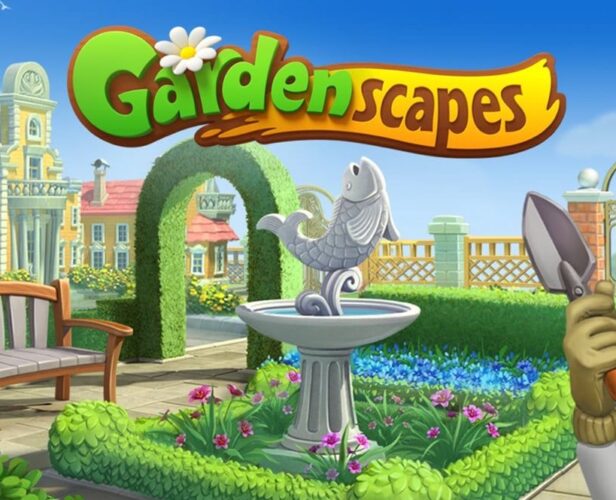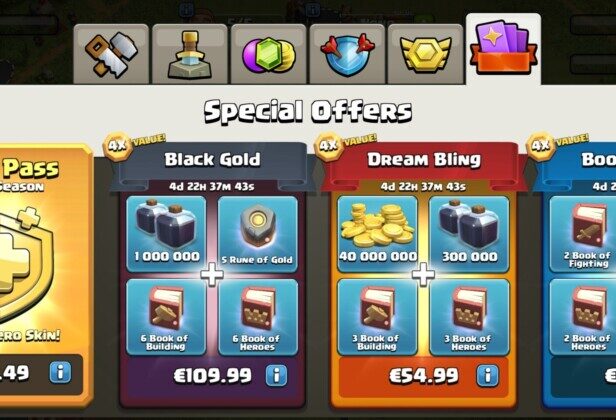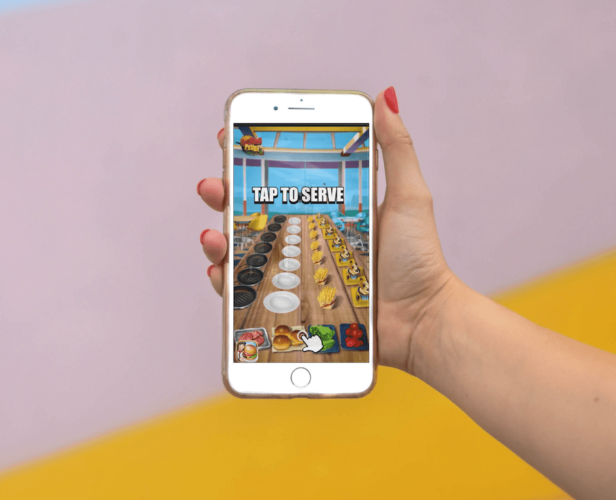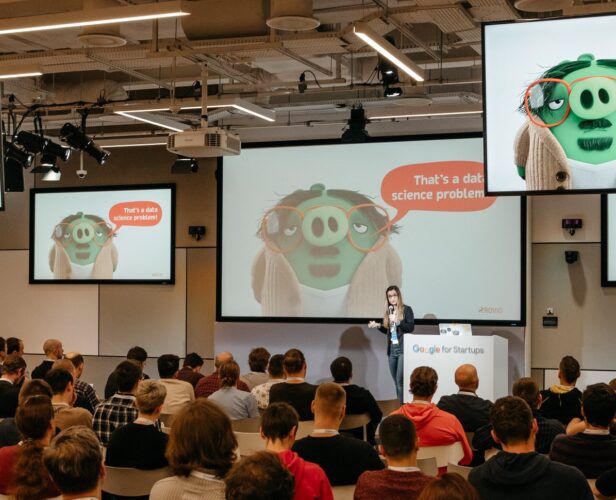Category
Ads & Monetization
#Ads & Monetization
CPI or CTR? How to Best Measure Your Game’s Marketability
Editor’s note: This article was originally published by Sara De Vries, Content Creator at Coda. You can find the original article here. When it comes to understanding the potential success of your prototype, market testing is the best way to accurately measure a user’s reception to your game. Most rapid market testing is conducted on social media platforms such as Instagram and Facebook, as they allow you to test the marketability of your game in both an economic and efficient way. The types of campaigns or tests on these platforms can range from tracking traffic to engagement, and from them you can calculate important KPIs such as Click-through-rate (CTR) and Cost-per-install (CPI). A CPI or a CTR test are two different types of tests and both have pros and cons worth considering for your particular stage of development. Keep reading...
#Ads & Monetization
The Metrics That Make for a Great Match 3 Game – And How to Reach Them
The match 3 genre has given us some of the most successful, long-running games of all time. With Benchmarks+ we can see what metrics make the best match 3 games successful. We recently updated our Benchmarks+ tool to include 25 sub-genres – one of which is ‘match 3 puzzle’. So now that we can see this classic, much-loved sub-genre in all its multi-metric magnificence, let’s take a look at what a successful match 3 game looks like. To start with: what is a match 3 game? Pretty much any game that challenges you to put matching objects together can be classified as a match 3 game. They started back in the eighties, with games like Tetris, Chain Shot! and Puzznic. In the 2000s, there was Candy Crush and Bejeweled Blitz. And more recently, there are popular titles like Ticket to...
#Ads & Monetization
Part 2: How to Land a Licensed IP for Your Mobile Game
If you had a chance to read part 1 of our licensed IP series, you should be pretty familiar with the basics when it comes to licensed IPs (if you’re not, we recommend navigating back to part 1 before reading on). With the fundamentals of IP law out of the way, we can start reaching out to IP holders. It’s actually pretty straightforward, though you should probably make sure you’ve got a lawyer to check over any contracts. So, what do you need to do first? Find the right fit Before you rush off and start hitting up every huge franchise for a chance to use their IP, you’ll want to make sure you’re the right fit. There are three questions to ask yourself: Do my mechanics work with this IP? If you’re making a racing game, will it really...
#Ads & Monetization
Part 1: The Pros and Cons of Using a licensed IP
There are a lot of reasons to use a licensed IP. You could have made a game and now want to reskin and update it to reach a new audience, like Reigns: Game of Thrones or the new Angry Birds: Star Wars. You might be making a music game and need the rights to use a few songs, like Guitar Hero. Or perhaps you just want to include a single character in your brawler, like Super Smash Bros. Whenever you’re using another creator’s content, you’ll need permission. A license. But what are the pros and cons of doing that? Does it really help? The short answer is: maybe. But it’s a lot of work. We can’t get into all the nitty-gritty here, but we can cover the basics and give you a few tips to make sure you don’t fall...
#Ads & Monetization
Why AdOps and LTV are Essential to Your Softlaunch
The term ‘live ops’ is an industry-standard. Most large and mid-sized studios and publishers have a department that remotely configure their games, whether that’s localization, in-game events like flash sales, or daily bonuses. So what is ad ops? And where does it fit in? Well, before we can explain that, we need to explain Lifetime Value (LTV). Optimize your LTV at softlaunch In games that rely on ads to make money, it’s usually the user acquisition and monetization teams who are fighting to increase LTV. They’ll make the Cost Per Install (CPI) 1 cent cheaper or get the player to watch one more teeny tiny ad. All to creep up their profit, cent by cent. But developers almost always optimize their ads after they launch their game – it’s already live and getting thousands of downloads a day. Leaving it...
#Ads & Monetization
How to Calculate CPI, CPC, eCPM and More
In our last foray into the mystical land of obscure acronyms, we explored terms like Daily Active Users (DAU). Today, we’re getting out our machetes and hacking away the mystery surrounding CPI, CPC, CPM, and more. So let’s get out the jargon repellant and start wading in the long grass. Heads up. There’s an online calculator for this stuff if you want to cut some corners. Check it out here. How to calculate CPI: Cost Per Install You can pick a date range or your total When you’re looking at your ad spend and installs, you’ll probably want to look at the last quarter’s figures. But this can really be any range you like. Last month. Last week. The whole lifetime of your game. It’s up to you. See whether less-direct marketing is working People are sometimes unpredictable, and often...
#Ads & Monetization
Designing battle passes in mobile games: the whats, whys, and hows
Battle passes have been around for a while now, but only recently so in mobile games. With the rise of battle royale games like Fortnite and PUBG, this new strategy is now proving to be a reliable source of revenue for mobile game developers alike. So, what makes a good battle pass? And should you add this to your monetization strategy? To answer this, I look at the best of the best, and see how top developers use this tactic in their games. But first, what are battle passes? Let’s first talk about what battle passes are. To put it simply, players purchase a plan, and usually get extra rewards, items, skins, and more (which aren’t normally available in the free version of the game, or even on the item store). These passes usually last a limited amount of time...
#Ads & Monetization
Getting started with mobile ad mediation – a how-to guide
What’s ad mediation? And why should you care about it? To find out, we asked our friends at TopOn, a mediation platform for global monetization, to give us the lowdown. Here’s what they said… Nowadays, advertising monetization is one of the most popular profit models for mobile game and app developers. According to IDC the global mobile game, ad revenue in 2019 was nearly $20 billion. And it’s expected to reach $45.2 billion by 2023, which is an annual growth rate of about 26% (this is according to our Mobile Game Advertising and Monetization Report for H1 2020). But despite this, most developers are only scratching the surface when it comes to getting the most from mobile advertising. They’re still mainly relying on automatic functions to improve their in-game ad revenue, rather than trying out more advanced techniques (which can...
#Ads & Monetization
A Game Developers’ Guide to Playable Ads
Playable ads have become more and more popular in the last couple of years. According to eMarketer, 28% of ad agency professionals in the US think playable ads are the most effective format out there. So what makes a great playable? And what steps should you take when making your own? We look at that, and more, in this blog. But before we dig in, let’s go over the basics. Playable ads – the basics Playable ads are exactly what they sound like – adverts you can play. Similar to free demos, they let you try out an app or game before you commit to downloading it, rather than just watching a video or looking at an image. What makes a great playable ad Playable ads are generally only a minute or so long. And if you’ve done any research...
#Ads & Monetization
Improving F2P mobile games with subscription
Subscription as a revenue model is a relatively new concept to the consumer world, but definitely not unheard of. Amazon Prime, Netflix, Spotify, Tinder, Deliveroo and even Duolingo, there are many different services out there that adopted this in the last decade, and it’s just growing. But how about in gaming? More specifically, mobile gaming? How can you really implement a subscription service and increase your revenue, without disrupting your existing revenue streams? We answer just that. The New Era of Monetization When the first iPhone launched in 2007, ‘premium’ was the dominant business model for mobile games. And by 2009, everyone was publishing $1 games such as ‘Angry Birds’, ‘Doodle Jump’, and ‘Cut the Rope’… With any new piece of technology, things started to develop fairly fast, and soon Free-to-Play was introduced. By 2011, more than half of all...
#Ads & Monetization
Personalizing Offers for In-App Monetization – Lessons from Crazy Panda
At Crazy Panda we publish loads of different types of titles – like World Poker Club (the biggest poker game in the Commonwealth of Independent States), Stellar Age (a mid-core mobile MMO strategy game) and Household (a social networks-based farm game). These games might look pretty different, but they all have one thing in common – in-app purchases monetization, and personalized offers. In fact, at Crazy Panda, personalized offers are between 50% and 80% of our revenue, depending on the product. So we’ve spent a lot of time making sure we get these right. And we’d like to pass on a bit of what we’ve learned to you. We think you can use this for most, if not all, games with in-app monetization. Before we begin Let’s start by nailing down a few technical terms which you may or may...
#Ads & Monetization
Customizing Rewarded Ads using Machine Learning – Lessons from Rovio
A couple of months ago, we had the pleasure of attending Google’s GameCamp, which was filled to the brim with gamedev content delivered from the best and brightest in mobile gaming. While there, Elif Büyükcan, the Business Intelligence Director at Rovio Entertainment, shared with us how they’ve been using rewarded ads in their games. We’re here to report on their story, and what you can learn from them. Elif’s main message was this: “Getting your monetization model right is incredibly important. It takes a lot of time, thought and testing. You need to be constantly measuring, learning and adapting. This makes machine learning (ML) and artificial intelligence (AI) your best friends.” And today, we’ll go through everything we learned from their talk (specifically about machine learning), including: The process Rovio use to hone their monetization models, a case study of...
#Ads & Monetization
Why Hypercasual Can’t Sustain the Growth of Playables: Part Two
Editor’s Note: This article was originally published by Adam Stevens, Chief Product Officer at Luna Labs. You can read the original version of the second of this two-part series here. TL;DR Over the past two years, hypercasual studios found their way to make playable ads drive significant results. In doing so, they propelled this format to the main stage. However, the methods they found to be successful for this format cannot simply be “replicated” in other game genres — these studios must now find their own paths for success. And as playable ads evolve, studios need to also overcome some additional challenges, for the format to continue its growth and significance in the ecosystem. Creatives didn’t suddenly become important — for many years, the quality of the creatives you produce as well as your ability to analyse results and improve...












